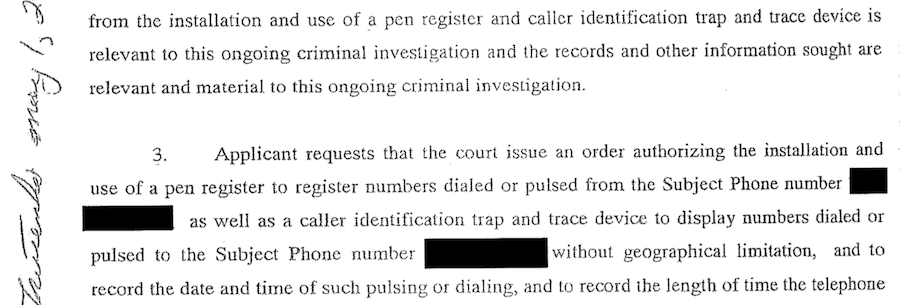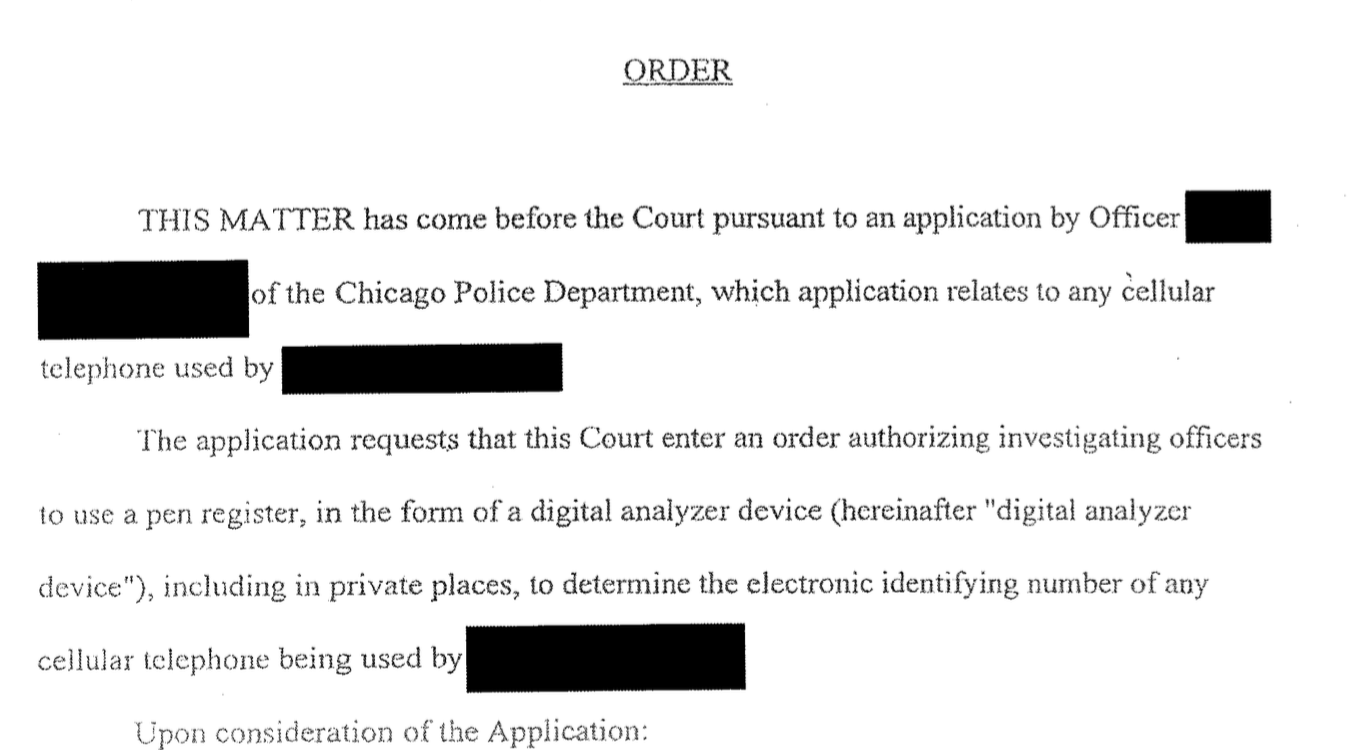

On September 23rd, 2014, Freddy Martinez, Director of Lucy Parsons Labs sued Chicago Police Department over records for Stingray deployments including court orders for authorization. After a year and three months in court proceedings, Judge Kennedy of the Chancery Court ruled in favor of our legal team and ordered CPD to turn over records. The City of Chicago, which represented CPD in the case, relied on a number of affidavits including one from Harris Corporation, the manufacturer of Stingrays, and one from the Federal Bureau of Investigation. Judge Kennedy singled out the FBI affidavit as boiler-plate, in fact the same FBI agent has submitted nearly identical paperwork in other parts of the country. According to Ars Technica, “In particular, the judge dubbed it ‘the very type of affidavit that is insufficient to prove an exemption by clear and convincing evidence.’ Importantly, she also knocked down the police’s attempt to use a decades-old statute—known as a pen register or trap and trace order—that often provides the legal authorization for law enforcement’s use of the invasive surveillance devices.” This presented a rare look into how CPD describes Stingrays to criminal courts.
Our settlement with the City of Chicago means that we can now, for the first time, take a look at several important facts about IMSI Catcher use in Chicago. Across the country other police departments have gone so far as request officers attribute information from Stingrays to made up confidential informants. In particular, we have seen that CPD describes their use of Stingrays as “digital analysis”, which doesn’t fully portray the Constitutional or privacy implications of Stingray use. According to CPD’s description of “digital analysis” they never describe that Stingrays can capture the numbers of non-target phone numbers to courts, which is a major concern for civil liberties.

Also for the first time we are revealing the number of deployments of Stingrays by Chicago Police Department. The court orders are suspiciously low. The records indicate approximately 40 deployments over a ten year period: seemingly impossible numbers. As reported in The Intercept “While these court records reflect how Stingrays and other cellphone trackers were authorized for use in serious criminal cases — such as murders, kidnappings, and aggravated battery — they also demonstrate how little judges knew about the devices prior to approval. The documents also demonstrate the ties surveillance technology has to the money and possessions seized during the war on drugs — which is in turn used to track people in impoverished areas of Chicago.” Just as troubling is that Pen Register / Trap and Trace orders (PR/TT) are allowing Stingrays to be used “including in private places, to determine the electronic identifying number of any cellular telephone being used by [REDACTED]” (see image above). Also troubling is that the Cook County States Attorney Office, which prosecutes these cases claims “that the SAO has no way of knowing the identity of criminal cases where a cell site simulator was used to obtain evidence in those cases, if any such cases exist.” This all points to a trouble pattern of lack of transparency but given the Non-Disclosure Agreement between CPD, the FBI and Harris Corporation this should come as no surprise.
Read the full set of documents for yourself here
Twitter Facebook